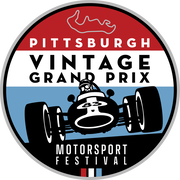|
by Bernard Martin PITTSBURGH, — The Pittsburgh Vintage Grand Prix (#PVGP) is delighted to unveil the theme for the 2024 Proiettore Macchina at the Cortile Italian Car Show: AUTOVETTURE PICCOLE. This Italian phrase, translating to "small cars," celebrates the elegance and innovation found in compact Italian automobiles. The PVGP Cortile invites enthusiasts to explore the charm and craftsmanship of small Italian cars that have left a lasting impact on automotive design. From iconic microcars to stylish compact models, this theme promises to showcase the diversity and ingenuity of Italian automotive engineering.
Participation and Highlights Owners of AUTOVETTURE PICCOLE are encouraged to participate in the Cortile Italian Car Show, contributing to the vibrant display of Italian automotive excellence. The event promises a captivating experience for both participants and spectators. How to Participate For those wishing to showcase their AUTOVETTURE PICCOLE at the Cortile Italian Car Show, registration details and additional information can be found on the the registration link which will open in January 2024. Below is a list of cars that we want to invite to our 2024 event. Did we miss anyone? Let us know in the comments! Abarth
Alfa Romeo
Autobianchi
Fiat
Innocenti
Lancia
2 Comments
On March 6 2020, Managing Director of the Cortile, Bernard Martin took a tour of John & Suzanne Campion's Collection of Lancia race cars. Prior to the pandemic the Macchina of Lancia had been selected as our 2020 Proiettore Macchina but with the cancellation of the 2020 events we have now moved our celebration to 2021. Six of the eight stunning cars in our video have been offered for sale through London’s Girardo & Co for sale. John Campion is creating an Irish Race team. But more about that in the video. As you watch, you'll quickly realize that these aren’t just any Lancia race cars, they’re some of THE MOST significant Lancia race cars. Bernie met with Ben Kruidbos of CJJ Motorsports in between the Porsche Werks Reunion Tours that where happening during this years Amelia Island Concours d'Elegance. Little did anyone who attended the Concours suspect that this kick off of the automotive car season would also probably mark the end of the 2020 automotive events. Here's the list of cars that covered in our interview below.
Understanding The Race Groups Sometimes there is some confusion around what the various racing groups mean and what cars are in them. Rightly so. The definition of which cars fit in which group can change over time, and often do! In addition to that, Groups can come and go only to return at a later time. Below is a qucik summary of the groups that are mentioned in the video. Group V Group 5 was an FIA motor racing classification which was applied to four distinct categories during the years 1966 to 1982. Initially Group 5 regulations defined a Special Touring Car category and from 1970 to 1971 the classification was applied to limited production Sports Cars restricted to 5 litre engine capacity. The Group 5 Sports Car category was redefined in 1972 to exclude the minimum production requirement and limit engine capacity to 3 litres. From 1976 to 1982 Group 5 was for Special Production Cars, a liberal silhouette formula based on homologated production vehicles. 4th Generation Group 5 – "Special Production Cars" (1976 to 1982) For the 1976 season the FIA introduced a new Group 5 "Special Production Car" category, allowing extensive modifications to production based vehicles which were homologated in FIA Groups 1 through 4. These cars would contest the World Championship for Makes series from 1976 through to 1980 and then the World Endurance Championship in 1981 & 1982. The FIA rules restricted the width of the car, therefore cars were built with standard body widths but wide mudguard extensions. The regulation required only the bonnet, roof, doors and rail panel were left unmodified. The rules however did not mention headlight heights, therefore when Porsche originally were to enter the 935 with the production headlight, they read the rules and discovered the loophole, therefore they raced the 935 with the hallmark flat nose. The category was also mostly associated with the wide boxy wheel arches and extravagant body style. The category would be banished after 1982 in favor of the Group B regulation, but continued to compete in JSPC, IMSA GTX category and other national sports car racing championships for a few more years. The only non-circuit events that used Group 5 cars were in the Giro D'Italia Automobilistico rally. Group 4 Group 4 The Group 4 racing class referred to regulations for cars in sportscar racing, GT racing and rallying, as regulated by the FIA. The Group 4 class was replaced by Group B for the 1983 season. The Group 4 regulations were also used as the basis for the World Rally Championships until they were replaced by the Group B regulations. In mid 1970s to early 1980s rallying, it was necessary to produce 400 identical cars for homologation as a Group 4 rally car. Notable cars included the Ford Escort RS1800, Fiat 131 Abarth, Lancia Stratos HF and the Audi Quattro. Group B - "The Killer B's" The Killer B's Group B was a set of regulations introduced in 1982 for competition vehicles in sportscar racing and rallying regulated by the FIA. The Group B regulations fostered some of the fastest, most powerful, and most sophisticated rally cars ever built and is commonly referred to as the golden era of rallying. However, a series of major accidents, some of them fatal, were blamed on their outright speed and lack of crowd control at events. After the death of Henri Toivonen and his co-driver Sergio Cresto in the 1986 Tour de Corse, the FIA disestablished the class, dropped its previous plans to replace it by Group S, and instead replaced it as the top-line formula by Group A. The short-lived Group B era has acquired legendary status among rally fans and automobile enthusiasts in general.
By contrast, Group B had few restrictions on technology, design and the number of cars required for homologation to compete—200, less than other series. Weight was kept as low as possible, high-tech materials were permitted, and there were no restrictions on boost, resulting in the power output of the winning cars increasing from 250 hp in 1981,[2] the year before Group B rules were introduced, to there being at least two cars producing in excess of 500 by 1986, the final year of Group B. In just five years, the power output of rally cars had more than doubled. Group VI Two-Seater Racing Cars Group VI Two-Seater Racing Cars (1976 to 1982) In 1976, the FIA reintroduced the Group 6 classification, now officially called “Two- Seater Racing Cars”. Various production based categories, spearheaded by a new Group 5 for “Special Production Cars”, were now to contest the World Championship of Makes whilst the Group 6 cars were awarded their own title, the World Championship for Sports Cars. Three engine capacity limits were applied to Group 6 cars for the 1976 and 1977 championships:
1981 saw the series expanded with an official Drivers’ title awarded by the FIA for the first time and drivers of Group 6 cars were eligible to compete for this. Group 6 was then effectively replaced by the new Group C Sports Car class for 1982 but the FIA granted a concession which allowed the Group 6 cars to compete in the 1982 World Endurance Championship alongside the new cars Group A Group A Group A was a set of motorsport regulations introduced by FIA covering production-derived vehicles intended for outright competition in touring car racing and rallying. In contrast to the short-lived Group B and Group C, the Group A referred to production-derived vehicles limited in terms of power, weight, allowed technology and overall cost. Group A was aimed at ensuring numerous privately owned entries in races. Group A was introduced by the FIA in 1982 to replace the outgoing Group 2 as "modified touring cars", while Group N would replace Group 1 as "standard touring cars". The FIA continued to promulgate regulations for Group A Touring Cars until at least 1993, and the category survived in domestic championships until 1994. However, Group A is still used as the basis for most rally competitions around the worl Before 1973 & The World Rally Championship It was with the Fulvia that Lancia went officially back into racing after its withdrawal from Formula 1 in 1955; this time the effort was focused on rallying. In 1965 the company absorbed the HF Squadra Corse, a privateer racing team founded by Lancia enthusiasts which previously received some factory support, which became the works team under the direction of Cesare Fiorio.
The same year the Fulvia Coupé made its racing debut at the Tour de Corse, placing 8th overall. Starting with the lightened and more powerful 1965 Rallye HF, special HF version were put on sale to the general public to homologate improvements for the rally cars. In 1967 the larger displacement Rallye 1.3 HF followed. As the V4 engine had reached the limit of its development, an all-new 1.6-litre V4 engine was developed and installed on the 1967 Rallye 1.6 HF. The car raced as a prototype until August 1969, when it received FIA homologation. With the exception of 1970, Fulvias won the Italian Rally Championship every year from 1965 to 1973. The Fulvia's rallying career reached its zenith in 1972, when Lancia won the International Championship for Manufacturers two rounds in advance. First placements at rallies valid for the Championship were three: included Sandro Munari and Mario Mannucci at the famous Monte Carlo Rally, with a 10' 50" margin over the runner up, Larrousse/Perramond on a much more powerful Porsche 911 S, Lampinen/Andreasson at the Rallye du Maroc, and Ballestrieri/Bernacchini at the Rallye Sanremo. In 1973 Lancia did not score any podium finishes valid for that year's first-ever World Rally Championship season; though at the hands of Munari the Fulvia won its second European Rally Championship, after the 1969 victory by Harry Källström. During the 1974 season the Lancia Stratos replaced in rallying the—by then ageing—Fulvia. That year Lancia won its second World Championship, also thanks to points scored by the Fulvia in the first rallies—such as the third place Munari caught in the grueling East African Safari Rally. Just in the nick of time for the Cortile! You can buy a Lancia Racing Legend to bring to the Cortile! Jeff Peek
24 January 2020 John Campion once said he didn’t have time for racing, so he did the next best thing by collecting great rally cars and enjoying them at private track days and showing them at special events. Perhaps it’s your turn to do the same. The Campion Collection, a group of six stunning Lancia racers, is being offered for sale through London’s Girardo & Co. They aren’t just six Lancia race cars, they’re the six Lancia race cars—the best of the best, resplendent in Martini livery. “The Martini livery is one of the most iconic in all of racing,” says Hagerty valuation specialist John Wiley. “Six Lancias adorned with the Martini stripes—all in excellent condition and with notable racing history—is an unrepeatable opportunity.” The cars’ price tags are not published—email inquiries only—but their cumulative value is $7.5 million, according to a press release. Girado & Co. says the cars will be unveiled at this weekend’s Palm Beach Cavallino Classic at Mar-a-Lago. If you aren’t familiar with John Campion, you’re likely new to the Hagerty readership. The Florida collector and his Lancia race cars have been the subject of many stories in the last several years. As a young racing fan in 1970s Ireland, Campion developed an early affinity for the Lancia rally cars that periodically tore through his region. His love of automobiles travelled with him to America, where he took a roadie job with a rock band as “the fifth man on a four-man crew.” He soon recognized that traveling bands often lacked the electricity needed to power their lights and amplifiers, and in 1987 he founded Showpower, Inc., a California company that provided portable generators for the Rolling Stones, U2, KISS, and AC/DC. Today he is chairman and chief executive of APR Energy. Campion’s first collector car purchase (in 1994) was a 1969 Intermeccanica Italia. Although he ultimately amassed a collection of 14 Ferraris, “They didn’t connect with me like rally cars did,” so Campion turned his attention to Lancia rally cars. His first was a 1975 Lancia Stratos HF that competed in the 1977 Monte Carlo Rally. More would follow. A lot more. And the best of the best are now for sale:
To see more details on each of the cars click the READ MORE link below... by Bernard Martin, Managing Director, Cortile Italian Car Show The 2017 Amelia Island Concours d'Elegance exemplified grace under pressure. With a 100% chance of heavy precipitation forecast for Sunday for the scheduled Concours d'Elegance and a sunshine-filled Saturday in the mix, Bill Warner and his team chose to move Sunday’s award-winning Concours to Saturday. No small undertaking. 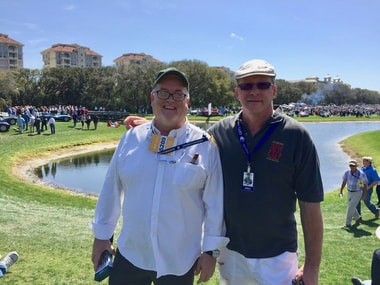 Cortile Cup Chief Judge Wayne Long and Cortile Managing Director, Bernard Martin at the Amelia Island Concours d'Elegance Cortile Cup Chief Judge Wayne Long and Cortile Managing Director, Bernard Martin at the Amelia Island Concours d'Elegance As I was having lunch on Friday with several other writers, I noted that I had heard that Warner and his team had come up with a "Plan B" back in 2000 if a weather event caused the the Concours to be moved. As happenstance would have it, one to the people at the table chimed in "I'm on the Board and THIS is Plan B. We are in it. There isn't a Place C. We'll see if it works" It's a momentous task shoehorning a full schedule of Saturday and Sunday events into one day. The Concours show would now coincide with Saturday’s "Cars & Coffee at the Concours presented by Heacock Classic Insurance". The entire Cars and Coffee show field had to be relocated to an adjoining field, transport staff had to move up plans for unloading Concours cars by a full day; with cars that where still en route! It required parking two different cars shows at the same time. Warner and his staff, according to rumor, had to make it all happen with 40% less volunteers who where only scheduled for a Sunday event. No small undertaking. It went off gracefully. It was a tremendous show. Warner and his team pulled a rabbit out of their hat while herding cats and looked great doing it! It also made the task of trying to see over 600+ cars in a short period of time just as daunting. Nevertheless, I was able to find some very nice examples of rolling Italian art on both the Concours and Cars and Coffee Showfield. The Best of Show - Concours de Sport: |
| Nothing invokes the image of a “classic sports car” than that of a little red Italian convertible, maneuvering gracefully on some tight and twisty mountain road at the very edge of rubber squealing speed with your hair blowing in the wind and adrenaline pumping through your veins. It’s with that spirit that we are proud to host the “Marques of Italy” for our 2015 Marque of the Year celebration at the Pittsburgh Vintage Grand Prix Cortile Italian Macchina Show! Over the last century or so Italian cars have become analogous with racing and performance. As we celebrate the iconic Italian Marques this year it’s only appropriate to explain some of the history that have made “Italian” and “sports cars” so very synonymous. If you visit Italy you will find that Italian drivers are fast, aggressive and very skillful. Lane hopping and late braking are the norm and it's not uncommon to see cars tailgating at 80 mph. You can’t expect people to slow down for you or let you out. Rather, you’re expected to seize the moment, or, as the artist of this years PVGP poster, Dwight Knowlton, coined the phrase “Carpe Viam” - Seize the Road! Below we take you through the twisting, turning and forever competitive history of the Italian marques.... | Be forewarned: The history we've outlined here is just a very brief overview of of what has been bred out of a century of racing competition. No other country has produced so many marques who's primary goal has been WINNING RACES. Enjoy.... |
Where it started
The Targa Florio open road endurance race was considered one of the toughest competitions in Europe. The 1906 first running covered 3 laps equalling 277 miles through multiple hairpin curves on treacherous mountain roads, and at heights where severe changes in climate frequently occurred. Then, just as today, automobile manufacturer’s and drivers proved their mettle by winning races. It was out of that heat of racing competition that fueled many of the iconic Italian car marques of today.
Alessandro Cagno won the very first Targa Florio in 1906. He was employee #3 at the Fiat automobile company that had formed in 1899. Fiat was one of the first Italian manufacturers to be involved in racing. In 1908, Vincenzo Lancia, finished 2nd at Targa Florio. Lancia had been a race driver for Fiat starting in 1900. In 1906 he had started is own automobile manufacturer and launched his first production car, the Lancia Alpha, in 1908. By 1913, Lancia introduced the the very first complete electrical system as standard equipment on his cars. No doubt that innovation was derived from his racing experience. Although Vincenzo Lancia started his company in 1906, at the 1908 Targa Florio he was driving a Fiat. Not only where the boundaries of the race courses muddy at that time, so where the relationships between those early manufacturers. They shared component parts and people. It's always been a melting pot in that sense...
Some have said that the history of Italian car manufacturing reads like a soap opera, with tales of arguments and agreements, of splits, mergers and acquisitions. Indeed, the tales of who worked for whom, who raced for whom and who supplied what for whom are so very intertwined and melded together that it is often difficult to know where any single bit of innovation originated. Enzo Ferrari once said "If you see what a competitor is doing and it is better than what you are doing, you have to surpass them to ensure your cars are better." Italian manufacturer’s where constantly stealing away the best talent or forging new alliances, whether it be engineering, design, production or racing drivers. It’s that hot blooded molten cauldron of racing competition that forged Italian cars from the very beginning.
| A.L.F.A. (Anonima Lombarda Fabbrica Automobili) was founded in 1910. ALFA produced its first car in the same year and a year later entered two cars in the Targa Florio race. That began their long association with motor racing. In 1915 the company came under the direction of Neapolitan entrepreneur Nicola Romeo and, by 1920, the name of the company was changed to Alfa Romeo. One of their first significant racing successes came in 1920 when they podiumed with a second place in the Targa Florio in an Alfa Romeo driven by a 22 year old by the name of Enzo Ferrari. But more about that later…. By the mid-1920s, the Targa Florio had become one of Europe's most important races for automobile manufactuers, as neither the 24 Hours of Le Mans nor the Mille Miglia had been established yet. |
The Monocoque & Carrozzeria
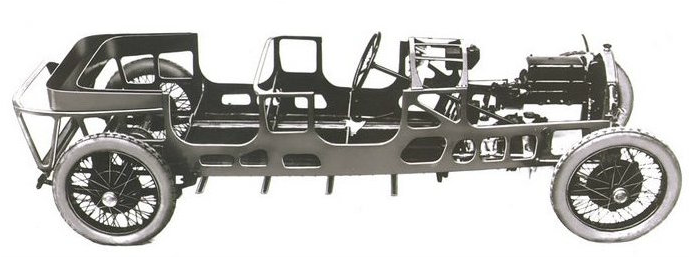
- First, customers already accustomed to ordering carriages from a coach builder, would select an automobile manufacturer to provide only the rolling chassis, comprised of the chassis, drivetrain (engine, axles, wheels), suspension, steering system and the radiator - the radiator, usually its shell, soon became the only visual element identifying the rolling chassis brand.
- Second, the customer would approach a Carrozzeria, a coachbuilder, requesting a personal body design to be fitted on the new chassis. Initially, the long-established and refined skills used to build the wooden and metal bodies of vehicles were so specialized that most manufacturers had contracts with couchbuilders to produce bodies for their chassis. Such is the case with many Italian marques who, to this day, utilize Carrozzeria with famous names such as Bertone, Carrozzeria Touring, Ghia, Pininfarina, Scaglietti, Vignale and Zagato for their body design.
Editor's note: Are you seeing red yet? Quite the soap opera so far eh? We're only in the 1920's! This is part of the reason why the Cortile at the PVGP is a car show about ALL of the Marques of Italy: They are all so very intertwined that it's difficult to appreciate one marque without paying homage to several others at the same time. Keep reading, it gets more interesting...
Rosso Red, The Quadrofoglio & Scuderia Ferrari
In 1904, many national motor clubs banded together to form the Association Internationale des Automobile Clubs Reconnus (AIACR) which is the predecessor to the current FIA governing board which it become known as in 1950. Originally the country colors where: Blue to France, Yellow to Belgium, White to Germany and Red to the USA. Italy “adopted” its famous 'Racing Red' when a red Itala (Itala was a car manufacturer based in Turin, Italy from 1904-1934) won the Peking to Paris race in 1907 but it really wasn’t ‘established’ until the “Rosso Corsa" Alfa Romeo’s began to dominate racing events in the 1920’s.
The cloverleaf or “quadrifoglio” has been used on Alfa Romeo cars since 1923. As a friend of Enzo Ferrari, Ugo Sivocci was hired by Alfa Romeo in 1920 to drive in the three-man works team, called "Alfa Corse", with Antonio Ascari and Enzo Ferrari.
| Sivocci was thought to have enormous experience, but often hampered by bad luck and considered the eternal second-placer. To banish his bad luck, when the Targa Florio came around, Sivocci painted a white background with a green four-leaf clover (the quadrifoglio) in the centre of the grille of his car. Sivocci had immediate success, crossing the finish line first in that race and several more to follow. The quadrifoglio subsequently became the symbol of the racing Alfa Romeos with a victory at the Targa Florio. | |
Editors note: Sivocci’s car number was 17. That number was retired upon his death in 1923 and has not been used by ANY Italian Race team since.
Which brings us back to Alfa Romeo who won the inaugural Grand Prix world championship in 1925 with Enzo Ferrari at the helm of the team.
| Alfa Romeo had offered Enzo Ferrari a chance to race in more prestigious competitions but Enzo had been deeply shocked by the death of his friends and fellow racing drivers Ugo Sivocci in 1923 and Antonio Ascari in 1925. Ferrari turned down the opportunity to drive and focused instead on the management and development of the factory Alfa racing cars, eventually building up a team of over forty drivers. 1927 saw the creation of a new iconic endurance race: The Mille Miglia. The race was from Brescia to Rome and back: a figure-eight shaped course of roughly 1500 km — or a thousand Roman miles. Winning the Mille Miglia and it’s predecessor the Targa Florio became almost a matter of national pride for Italians. The Mille Miglia race was held twenty-four times from 1927 to 1957. It was won 21 times by Italian manufacturers. | |
In 1929 Ferrari started the Scuderia Ferrari team in order to enter amateur drivers in various races primarily racing Alfa Romeo’s. In 1930 Tazio Nuvolari won the Mille Miglia in an Alfa Romeo 6C. In 1933 Alfa Romeo experienced financial difficulties, and withdrew its in-house team from racing. The Alfa Romeo racing team was privatized and officially named Scuderia Ferrari with team leader Enzo Ferrari at the helm. Few people realize that the DNA for every Ferrari was actually born on Alfa Romeo's payroll. Enzo built a robust racing team from scratch starting in 1929, tapping some of the greatest pre-war drivers in Europe to lead the Scuderia to victory.
Editors Note: Ferdinand Porsche once said that Tazio Nuvolari is
"The greatest driver of the past, present, or future."
| Enzo's team included the aforementioned "Flying Mantuan" Tazio Nuvolari. In 1935 Enzo Ferrari built the Alfa Romeo Bimotore, the first car to wear a Ferrari badge on the radiator cowl. This is why you will see the famous Cavallino Rampante "prancing horse" medallion on the cowl of Alfa Romeo’s from that period. Luigi Chinetti won at his very first 24 hours of Le Mans race in 1932 driving an Alfa Romeo for Enzo Ferrari. Chinetti and Enzo would become lifelong friends and later in his life he opened the first—and for a while the only—Ferrari dealership in the United States in the late 1950’s. [see this article for details] | |
In 1938, Alfa Romeo management made the decision to enter racing under its own name, ere-establishing the Alfa Corse organization, which absorbed what had been Scuderia Ferrari. Enzo Ferrari disagreed with this change in policy and was dismissed by Alfa Romeo in 1939. The terms of his leaving forbade him from motorsport under his own name, for a period of four years. However, Ferrari managed to manufacture two cars, named the AAC Tipo 815’s, for the 1940 Mille Miglia, engineered by Alberto Massimino and driven by Enzo’s old racing partner Antonio Ascari’s son, Alberto Ascari. This name comes up again later…
in 1939 and 1940, a Maserati 8CTF won back-to-back wins at the Indianapolis 500, the only Italian manufacturer ever to do so. World War II, however, brought a halt to most racing.
postwar: "Italian" & "Racing" become synonymous
| The postwar period was an incredibly innovative and exciting time for Italian manufacturers. It was a cauldron of racing competition amongst Italian Marques that rose to a level boiling above and beyond any other country. In 1946 a new Italian racing brand was born called Cisitalia. Tazio Nuvolari was still racing and piloted the Cistalia a class victory at the 1947 Mille Miglia at the age of 54!. Ilario Bandini also piloted a Cistalia in 1947 to numerous victories. Prior to the war Siata sold performance parts to modify and tune cars manufactured by Fiat. In 1948 production of Siata's first wholly original design, the Siata Amica, powered by a Fiat engine, began and Siata continued to make cars through 1975. In 1948 Lancia introduced of the the first 5 speed gearbox fitted to a road car and became very active in racing. | |
“Second is the first of the losers.”
In 1952 Alberto Ascari gave Ferrari its first Drivers Championship and then again in 1953. Ascari drove for Ferrari, Lancia and Maserati for the 1954 campaign. Ascari won the Mille Miglia driving a Lancia sportscar.
| In 1954 Fangio won while hopping rides between Maserati and Mercedes and then continued his dominance in 1955, 1956 and 1957, the latter two under the banner of Ferrari and Maserati respectively. By 1955 Lancia had achieved ten podiums in Formula One. In 1956, Ferrari had acquired the folded Lancia team's D50 race cars. In 1956, the Targa Florio was celebrating 50 years and Italian manufactures had won the race 44 of those years. | |
Notably, 1957 marked the year that Argentine-born Alejandro de Tomaso made his Formula One debut as a driver. That becomes rather important later in our story as de Tomaso became the owner of Maserati and many other iconic marques in the 1970's. But, again, we're getting ahead of ourselves in the story....
After 1957, Maserati began focusing on building road cars due to financial difficulties. Some have said it was the Italian passion for the racing business that drove up the performance innovation of not only Italian cars but all automotive manufacturers in this period. Alas, it may also have been the focus on the racing business that took the focus off of selling consumer cars, and, by the 1960’s, many Italian Marques where experiencing lots of "financial difficulty."
Racing, they say, can make you a millionaire… if you start out as a billionaire.
Consolidation & Expansion
1961 marked the year that Alfa Romeo started importing cars to the United States. Meanwhile at ISO, after the success of the Isetta bubble car, and together with engineer Giotto Bizzarrini, and chassis builder Bertone, Renzo Rivolta began developing the Iso Rivolta in 1962 and moved ISO into the “GT/Gran Turismo” (Grand Touring) & performance sports car manufacturer category.
Editors Note; In October of 1963 the Ferrari Club of America was started, partially from the influence of Jack Katzen of Philadelphia and included as a club founder, Dick Merritt, who later raced in the inaugural Pittsburgh Vintage Grand Prix in 1983 with his 1959 Ferrari 246 Dino.
Although race cars did not bear the name Fiat on the their grill in the postwar period, Fiat became the power plant of choice for many companies. An alliance with Fiat was crucial to the success for many of the iconic racing names. Since it’s founding, Fiat had expanded manufacturing into farm equipment, marine engines and even airplanes while at the same time supporting many many of the Italian marques who's focus was on racing and performance....
| Starting in the mid 1960’s Fiat began buying up, some would say “saving”, their competitors. In 1967, Fiat purchased Autobianchi and took a majority stake in Magneti Marelli. The Fiat 124 was named “Car of the Year." The Fiat Dino Coupé was launched with an engine based on Ferrari technology. The Fiat Dino allowed Ferrari to achieve the necessary production numbers to homologate the V6 engine for Formula 2 racing. By 1969 Fiat had purchased controlling interest in both Ferrari and Lancia. In 1971 Fiat acquired Abarth. |
The legend of Lamborghini
Lamborghini thought Ferrari's cars were good, but too noisy and rough to be proper road cars. Most annoyingly, Lamborghini found that Ferrari's cars were equipped with inferior clutches, and he was continuously forced to return to Maranello for clutch rebuilds. Ferrari technicians would take the car away for several hours to make the repairs, not allowing the curious Lamborghini to view the work. Frustrated with the recurring nature of the problems, during one particularly long wait, he took the matter up with the company's founder, "Il Commendatore", Enzo Ferrari.
What happened next has become the stuff of legend: Ferruccio complained to Enzo in "a bit of an argument", telling him that his cars were rubbish; the notoriously pride-filled Modenan was furious, telling the manufacturing tycoon, "Lamborghini, you may be able to drive a tractor, but you will never be able to handle a Ferrari properly. You stick to building tractors and I will stick to building sports cars.” Enzo Ferrari's snubbing of Lamborghini had profound consequences. Lamborghini later said that it was at that point that he got the idea that if Enzo Ferrari, or anyone else, could not build him a perfect car, he might be able to simply make such a car himself. An the birth of the Lamborghini Bulls began.
Rally Legends
| Lancia, also a Fiat company, was successful in the arena of rallying in the 70’s and 80’s as well. Prior to the forming of the World Rally Championship, Lancia took the final International Championship for Manufacturers title with the Fulvia in 1972. In the WRC, they remain the most statistically successful marque (despite having withdrawn at the end of the 1993 season), winning constructors' titles in 1974, 1975 and 1976, and again 1983 and the finally six consecutive wins from 1987 to 1992. | |
“I have no interest in life outside racing cars.”
However, to fund the racing cars, Enzo needed to sell cars and the Chinetti-Garthwaite enterprise SOLD cars. In fact, many have said that the sales of the cars in North America funded the technical developments in Ferrari F1 cars in the 1970’s and led to the success Ferrari in F1 with Niki Lauda piloting in in 1975 and 1977 and Jody Scheckter in 1979. We are very honored at the Pittsburgh Vintage Grand Prix Cortile to welcome Algar Ferrari as one of our sponsors of the Marques of Italy in 2015 and Tom Frasca, who was Luigi Chinetti's personal secretary for over 30 years as one of our Cortile Cup Judges.
Marques of Italy
| In 1982 a group of United States Fiat enthusiasts who started the Fiat Club of America eventually forming 25 chapters across North America. In 1983 the “Fiat Lancia Underground” held their first gathering at Pocono Raceway and named the show FIAT FreakOut. In 1986, the club decided to change it’s name to Fiat Lancia Unlimited to welcome all Italian automobiles and widen it’s appeal to enthusiasts all over the world. The FreakOut became an annual event. |
| Sadly, Fiat stopped exporting cars to the United States in 1983. The following years saw good news and bad news for Italian Car aficionados.
|
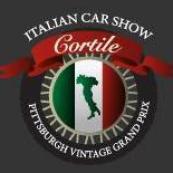
The celebration in 2008 was so well received that the following year saw the founding of the Cortile Italian Car Show at the PVGP. Word must have gotten out about the resurgence of Interest in Italian cars because in June of 2009, Fiat Group and Chrysler Group LLC formed a strategic alliance. Consequently, Fiat has become the sixth largest car manufacturer in the world and it foretold the return of Italian marques Fiat and Alfa Romeo again being exported to North America.
| Each year, similar to the Pittsburgh Vintage Grand Prix's selection of a "marque of the the year" the Cortile selects an Italian marque to highlight. Work began in earnest in 2010 by PVGP volunteers and FLU members Sean Kunkle, Andy Schor and Mark Sheldon to invite the Fiat FreakOut to Pittsburgh. By 2011 Wayne Long, with the help of Steve Barney, the owner of the first Ferrari F1 car sold outside of Italy, started the Cortile Cup competition. After 27 years of not being sold in North America Fiat returned in 2011. Soon thereafter the the Fiat Lanica Unlimited club was renamed back to it’s original name: Fiat Club America. |
| The Alfa Romeo 4C was announced to be the first mass-produced car to re-enter the US market in 2013 and the first launch edition appeared in Pittsburgh in December 2014. For 2015 the Pittsburgh Vintage Grand Prix and the Cortile is excited to be the host venue for the Fiat FreakOut as the centerpiece of the Marques of Italy display. Fiat is Proiettore Macchina of the Cortile, due in large parts to the volunteer efforts began in 2010. We’re also hosting a group from the Ferrari Club America - Mid Atlantic chapter and the newly formed in 2014, Lamborghini Club of Western Pennsylvania. Please enjoy the show and the don't forget to make a donation to the Pittsburgh Vintage Grand Prix Charities. | 2015 is significant in Italian racing history. It marks the:
|
| Italian Marque Race – Sunday July 19 Each year we stage a special race to honor our Marque of the Year. With all Italian Cars being recognized we are anticipating a large contingent to battle for the honor of Italy. This race will be the first race after lunch on Sunday afternoon. See full race schedule. It will be 8 laps or 20 minutes. Participants must be enlisted to race within one of our vintage race groups for the weekend. Italian cars will be honored throughout all 10 days of the 2015 Pittsburgh Vintage Grand Prix. Click here for details and links to our other Race Week events. We hope to see all of Italy’s great racing cars: Abarth, Ferrari, Maserati, Alfa Romeo, Fiat, and Lancia as well as some of the rare brands like Iso, Bandini, Siata or Stangueillini. Special Paddock There will be a grassy area under the trees for any Italian race entrants to paddock together in Schenley Park. Paddock opens Friday morning at 9:00 am. This will be a prime area overlooking the start-finish line and will be a popular spectator attraction. Should be quite a display! |
All Italian race cars are invited to drive up to the Italian Cortile at the Pittsburgh Golf Club on the golf course for lunch on Saturday. There will be 300-400 Italian show cars displayed on the 18th fairway. Joe Parlanti will lead the cars through the city streets, departing the Italian Paddock at 11:15 am. Details on Cortile – Saturday
Eligible Cars
Qualified Italian cars of all marques manufactured before 1973 are eligible. See our Approved Car List for specifics. We already have commitments from several racers and we’re looking forward to featuring 20-25 cars. If you believe your Italian car is eligible and can not find it on our list please email Alain Raymond.
Alain Raymond is a long time supporter of the PVGP and a familiar smiling face throughout vintage racing. He has volunteered to help recruit and manage our Marque of the Year race. If you have any questions regarding the Italian Marque or any aspect of our races please email Alain Raymond
Entry Form
To enter the Marque of the Year Race you will need to register for our race and add an additional $50 to particpate in the Marque of the Year race. Your grid position will be determined by your best time on Saturday afternoon.
"Marques of Italy"
| Pittsburgh, PA. The 2015 Pittsburgh Vintage Grand Prix is celebrating “The Marques of Italy”. There are so many beautiful Italian cars that it is just too difficult to select just one to recognize. What’s your favorite? Ferrari, Lamborghini, Maserati, Alfa Romeo, Fiat, Abarth, Lancia or maybe one of the lesser known brands like Iso, Bandini, Siata or Stangueillini. They are all welcome and we hope to see more than 400 cars! Italian cars of all years and all will be featured throughout all ten days of our event, including an All Italian race at Schenley Park on Sunday July 19. If you own a new or vintage Italian car or are just a fan, the 2015 Pittsburgh Vintage Grand Prix this is the place to be this summer! The PVGP is the nation’s largest vintage race event, covering ten full days that includes racing, car shows and parades. |
Fiat FreakOut
| To add to the excitement the Grand Prix and the Cortile are also hosting the Fiat Club America’s "FreakOut" Annual North American Convention during the July 17-19 Schenley Park weekend. This event typically draws 200+ Fiats and Lancia from all over North America. Combined with our Italian Marque we are expecting to fill the 18th fairway! The Italian Cortile will host all Italian Car events this year from its location at the Pittsburgh Golf Club on the 18th hole of the golf course. The Cortile was formed by the PVGP’s Bernie Martin in 2009 in response to the overwhelming success of the 2008 Marque of the Year which also honored all Italian cars. Now in it’s 7th year the Cortile has grown into one of the PVGP's most popular car shows. Our 2015 Race Week is slated for July 10 through 19 with July 18/19 slated as the featured Race Weekend at Schenley Park. This will be your homepage to track all Marque activities. The button below is for on-line registration. Social Media Follow the hashtags for the most updates: #PVGP #FFO15 |
2015 Grand Prix Race Week Schedule
| The Pittsburgh Vintage Grand Prix Association is a 501(c)(3) non-profit organization with a mission to hold a world-class vintage automotive event for charity. It is the region’s premier summer event for hundreds of thousands of automotive enthusiasts in that it combines charitable fundraising with car shows and vintage sports car racing on city streets. Since 1983 this volunteer-driven event has raised $3.85 million for the Autism Society of Pittsburgh and Allegheny Valley School. |
A very dear Lancista, Walt Spak, passed away recently. He had struggled with health issues for some time, but his passing was unexpected.
Walt was widely respected throughout the Lancia world for his dedication to the cars, his search for authenticity in details, his careful workmanship and most generous spirit. For the club, Walt would always answer questions, treating all with a remarkable sense of fairness. For those who knew him, he gave more to others than himself.
| His deep respect for the elegance of Lancias was an inspiration for those who had a chance to see share his joy. He built Aurelia engines visually just right, every detail well addressed, carefully machined and assembled from the inside. He was a master Lancista. Walt started with Lancias in the early 1970s, as a young Vietnam vet starting to work for Tom Sheehan and the Lancia Parts Consortium in Pittsburgh. Interested in machinery, he and Tom had a long and close relationship, with many fun escapades. Tom would source unusual treasures and Walt would steadily bring the goodies home and keep all in good order. |
We grew closer, and I bought his Flaminia sedan with 12 shades of primer grey, a lovely car. Along with it came discussions of which was the best B20, a subject we never let go. In later years, we’d mull which engine to put in a Fulvia, as he pondered how to get a hand clutch in a Fulvia sport.
He took leave of Lancias in the 1980s, and it wasn’t until some fifteen years later we reconnected as if nothing had changed. Walt enjoyed the club reunions, going on back roads only he could find. In later years, he undertoook that thankless task of organizing reunions, one lovely one in Northern Pennsylvania. Cars were interspersed with nature, and a visit to the Corning Glass Museum - Walt wanted to make sure we had some culture along with the cars. His was an enlightened view. He would step back from the cars and see a larger picture and share that with you - and life was better for that.
One busy night in Pittsburgh he and I designed his loft apartment for the warehouse where he wanted to live. With a lovely view over Pittsburgh, Walt wanted the windows to be garage doors and open all the way up, and so it was. He was a meticulous craftsman, working closely with Bob Williams restoring Aurelias, with them being responsible for the best Lancias in this country. He worked with other industrial companies and some other business endeavors, but in the end, his love of machinery took him back to Lancias.
His knowledge and understanding of Lancia logic was unparalleled. Walt could tell you the plating on the engine hardware, and when it changed from this to that, and even why. He knew each camshaft, castings, bits and pieces, and enjoyed hunting down that which he didn’t know. We tracked down cams, castings, obscure details, and looked for the one magic parts book with the rare index no one knew. He went from Lancia motors to the more exotic Fiat 8V engines, always with attention to details. He loved riding his Moto Guzzi, and was active with Volkswagen Vanagons in PIttsburgh. His was a steady voice for the underdogs and for seeing the beauty in unrecognized motoring treasures.
His long-term difficulties with MS did not ease, but his cheer remained undeterred. He planned to restore his Fulvia Sport to drive across the country, and he remained active in the American Lancia Club, helping to spread the word and keep interest going. He single-handedly kept the east coast branch of the club active, serving as its Vice President for many years.
Walt is succeeded by his two sons, Ryan and Nathan and three sisters, to whom he was close. He will be deeply missed. Details of a memorial will be posted once known. (I got a call from Walt's son Ryan, and they are planning on a small memorial for Walt in Pittsburgh on August 24 2013 (Sat).)
Geoff Goldberg
7.1.2013
It has been several weeks since Walt Spak succumbed to his illnesses in Pittsburgh. Although he had been enduring worsening MS for years and had recently been suffering from a difficult case of lymphoma, his friends and family never expected him to leave so soon. It’s been tough; he was a very bright light and a centerpiece of the Eastern faction of our club.
His memorial gathering was well attended and reflected the diversity of Walt’s interests. His interests were diverse: there was his family, VW Vanagon enthusiasts, Moto Guzzi enthusiasts and of course some hard-core Lancisti. He would have loved it; a very diverse group meeting each other and learning about our differences and sameness’s.
| The parking lot was just as varied. ‘Iron Man’ Tom Stewart rode a lightweight dual-purpose motorcycle from his home near Purcellville, VA to central Pittsburg. What a dude! After several hours at the urban park setting of the memorial gathering, the Lancisti met at Walt’s favorite Italian bar/restaurant for dinner and gossip. There were seven very notable Lancisti enthusiasts around the table: Tom Stewart from Virginia, Garnet and Harlan Hadley from Virginia, Geoff Goldberg from Chicago, Mike and Michael Kristick from Pennsylvania and Jim Harn from Florida. We ate, drank and shot the breeze until 10:30. Geoff had the draft of his coming book about deVirgilio and Lancia and had photos of many original engineering drawings produced during the development of the Aurelia. His book will be a must for all serious enthusiasts. |
~ Harlan Hadley
A memorial service will be held Sat Aug 24th 2013 from 2-8pm, Valley refuge shelter located in Riverwiew park in the North side of Pittsburgh. http://www.pittsburghparks.org/riverview-directions Walt's son Ryan expressed this, "I want everyone to know this will be come-as-you-are casual because I really think my dad would have wanted a nice remembrance of his life and for people to come together for him at least one last time without it being stuffy and formal."
A friendship forged over coffee leads to the heroic 6 1/2-year rescue of a rare, alloy-bodied Lancia Flaminia GTL
Had he lost his chance to buy the car? Dave Adams hadn't been able to make a deal with the owner of the decrepit Lancia when he first saw it; now, a year later, he learned that a group of prospective buyers were flying in from Europe, and were likely to take the car home with them.
But the Europeans lost interest when they saw just how far gone the coupe was. Though it was rare, one of just 303 Flaminia GTLs built, it was literally falling to pieces, and had already been stripped of some of its parts. If Dave had listened to the experts' advice, he, too, would have forgotten about the GTL. But that's not what happened.
When he learned the deal had fallen through, Dave didn't hesitate. "I gave [the owner] what he wanted and brought it home. I didn't know what I was getting into, or I might not have done it."
Dave had first seen the Flaminia in 1999, when he went with a friend to look over a collection of Lancias at the Fiat-Lancia Parts Consortium on the outskirts of Pittsburgh, and the stylish coupe had caught his eye. "It was in very poor condition; most of the controls and the instrument panel had all been robbed out and sold for parts. And the car actually looked beyond restoration--it was buckled in the center and rusted out down underneath and the doors wouldn't open," Dave recalls. "But I'd never had a European car, and I just liked the idea of the aluminum body, the four-speed and three two-barrels."
Yes, you read that right--Dave had never before owned a European car. In fact, he was sitting on a collection of Pontiac GTO project cars when he first saw the Lancia. "My wife fussed because I had so many [GTOs], and I hadn't restored any, because that's what I was going to do when I retired. And she was giving me heck, so I just sold all of them, and bought this one Italian car."
It's also worth mentioning that he had never before restored a car, and that a hand-built car like the GTL, with its Superleggera aluminum-over-steel coachwork by Carrozzeria Touring, would be a challenge even to a seasoned restorer. But Dave had a number of factors in his favor: He doesn't discourage easily. He ran an auto parts store for 20 years. And he had found a mentor in an old-world craftsman named Dick Frye.
Dick and Dave had met at Dave's store in Shelocta, Pennsylvania. "He was down there every morning, drinking coffee. I had free coffee. It drew in a lot of people--they'd stand around and BS. It was kind of a hangout." Dick had earned his skills at a Cleveland-area shop during the post-war years, learning about gas welding, lead filling and other techniques involved in European coachbuilding; he returned to Pennsylvania in 1958 to open his own shop.
"My mentor, Dick Frye, told me that anything that was hand-built can be rebuilt," Dave says. "And these cars were hand-built. They took the frame and hand-bent each panel; a fender might be five or six pieces of aluminum welded together, and formed to create the car."
The Flaminia, first shown as a prototype in 1956 and put into production the following year, was the successor to the successful Aurelia. Like the Aurelia, it was powered by a 60-degree V-6 engine, initially displacing 2,458cc, and growing to 2,775cc in 1962. The clutch and gearbox were rear-mounted, providing excellent balance.
In addition to the Pinin Farina-styled Berlina, four Flaminia variants were produced: Coupes by Pinin Farina, Zagato and Touring, and a convertible by Touring. The GTL, a 2+2 version of the GT with a wheelbase that was 80mm longer, arrived in 1962. Dave has become an unabashed admirer of the entire Flaminia family. "That was like the Rolls-Royce of Italian cars," he says. "They didn't have the power that a Ferrari or a Maserati had, but as far as build quality, they were the best."
Dave trailered the GTL home from the Fiat-Lancia Parts Consortium, but not before thinking to conduct a search of the shop's shelves, which turned up every one of the switches his car was missing. Then, he and Dick got to work.
The aluminum skin was the first to go. "Dick and I cut the body in sections, because it's a one-piece body, and took the body off. I think we ended up with seven or eight pieces," Dave says. They used a cut-off wheel to slice the aluminum, and drilled through the hundreds of rivets holding the body to the steel structure below.
It was at that point that Dave realized just how badly damaged the floorpan was. Had the discouraged Europeans been right after all? Not by a long shot. Dave knew that the Consortium had, among its other cars, a Flaminia Berlina that had suffered an engine fire. The bodywork was ruined, but the floorpan was solid. He bought the Berlina, brought it back to his shop and stripped it down.
Putting the GTL's body on the Berlina's floorpan was no simple matter. The tubular steel frame that supports the coupe's body had to be transferred over, a job requiring a seemingly endless number of measurements. The Berlina was a longer car than the GTL, too, so Dick had to slice 2 1/2 inches out of the wheelbase. The GTL stored its spare tire in a horizontal well in the trunk, while the Berlina's was mounted upright. None of these required changes proved to be a roadblock, thanks to Dick's skill with the oxyacetylene torch. "If you get the right flux and the right torch, oxyacetylene will work," Dick tells us. "I try to put it back together the way it was built."
"This new chassis, in addition to being too long, the inner fender wells were approximately two inches too wide," Dave says. "So we had to cut all of them off, and then Dick re-bent all the lips by hand. He was such a fanatic about it, that when we got to the final installation of the body, we didn't have to re-drill the rivet holes. It was close enough that we could pry or bend, and use all the original rivet holes."
Before they could get to that point, there was much more work to be done. Dave sandblasted the chassis, using fine white sand. "I had a rotisserie on wheels, and I could wheel it in and out of my shop every day I went to work on it," he says. He primed the chassis in Rust-Oleum red oxide primer before applying 3M Body Schutz rubberized coating, for the original factory look, and finishing with black Rust-Oleum semi-gloss paint. "As far as preserving old metal, I feel that [Rust-Oleum] is one of the better products.
"I'd halfway learned to spray-paint--I'm not a professional, but I believe in doing everything I can myself," he continues. What brand of spray gun did he use? "I can't even tell you--it was maybe a $29.95 one," he laughs. "A different body shop owner told me, buy a cheap spray gun to prime; when you're done with it or it acts up, throw it away and buy another one. He said it'll do as good a job as a professional gun. So that's what I did."
Dave and his auto parts employees stripped the aluminum bodywork, using chemical aircraft stripper to avoid damaging the .030-inch-thick skin. They covered the stripper with plastic wrap and let it work for a half-hour or so, scraping off the softened paint with a rubber spatula. Though it's hard to believe from Dave's "before" photos, the paint was the original silver-gray finish. "The only original paint I found that looked good was up in under the dash. There was a little removable panel; I took that out, cleaned it off and that brought out the original color. I had that spectrographed and came up with what I wanted to paint the car."
After Dick had used his hammer and dolly to erase all of the dings and dents in the bodywork, Dave brought the panels to a local shop that specialized in aluminum welding to have all of the small cracks and tears in the bodywork mended. Once the bodywork fit perfectly, the aluminum welder visited Dave's shop to stitch the panels back together again. Then came the final riveting.
More welding was required for the steel frames of the doors, which had rusted away along the bottom. Dick removed the aluminum door skins, fabricated and welded in repair panels for the frames, and reattached the skins, annealing the aluminum with a BernzOmatic torch before hammering the edge around the repaired frame.
Dave brought the Flaminia to Dick's shop for paintwork. It received a coat of etching primer, and small imperfections were filled in with Evercoat's Chrome-A-Lite lightweight filler. "I like the way it works," Dick says. "It doesn't shrink, and it blocks well." Three coats of high-build acrylic polyester primer were applied, followed by much block sanding.
Dick chose PPG products for the basecoat/clearcoat finish. "I like their clears," he says. "They have buffability, and quick turnaround. You can water sand them the next day." He applied three coats of the base finish, and three coats of clear. Although two coats of clear would be sufficient, he likes applying the third coat, so that there's enough depth to allow future damage to be buffed out without having to repaint the car. The paintwork was done with all of the panels--doors, hood and trunklid--on the car.
In the meantime, Dave had carried out whatever mechanical work was needed. He had rebuilt the braking system, as well as the starter motor, carburetors and other ancillaries of the V-6. Parts were ordered from Mike Kristick, an East Coast Lancia specialist. Dave put the engine on a stand and soaked the bores with PB Blaster and kerosene to get the pistons unstuck, but decided not to tear the engine down. "It fired up, and it's been running great ever since," he says. "I've probably only put a total of less than 1,000 miles on it." The gearbox, too, was left as it was, though Dave installed a new clutch kit.
Dave ordered new leather from Hirsch Automotive Products, in the original red. "I told him I wanted the best leather I could get, the softest," he said. The upholstery was done by Larry Learn at Learn's Upholstery Shop in Indiana, Pennsylvania, who had come highly recommended. Though Larry suggested that he could save some money by having the seat covers machine-stitched, Dave chose to have the original hand-sewing recreated. New wool carpeting was installed, as well as new headliner, using matching material Dave purchased from Mike Kristick.
The majority of the car's brightwork is either stainless-steel or aluminum, and could be restored back to its original shine. Dick used an English wheel to remove deep dents from the stainless-steel bumpers, which Dave then spent days sanding and polishing by hand. The transformation is amazing. "Like he said, anything that was built can be rebuilt," Dave laughs. He found a new-old-stock taillamp bezel for the driver's side, and is still looking for a replacement for its pitted counterpart. One of the Superleggera script badges was a Christmas present from a friend.
Six and a half years after he had begun, the Flaminia was completed. Dave first showed it at the 2007 Le Belle Macchine d'Italia in the Poconos; he brings it to Italian car meets, where it's usually recognized for what it is, and almost always brings home a trophy.
Not only does Dave have no regrets about the project, he's since found himself a second GTL, a two-owner car that was in sound running condition when he bought it from a West Coast president of the American Lancia Club. "I'm doing the second one now because I have two granddaughters, and they're both going to have a GTL and a Flavia Pinin Farina coupe," he tells us. "I figure I'll have them done when they're old enough. If they decide to sell, well, they're marketable, and they'll have college money.
"On the second one, I'm being a little fussier. I told my wife, the first one came out good; the second one will be perfect."
This article originally appeared in the August, 2012 issue of Hemmings Sports & Exotic Car.
Atribution
This is a compilation of articles from a variety of sources and contributors. Attrition and sources are always provided at the top and/or the bottom of the posting.
Archives
June 2024
August 2023
June 2023
May 2023
April 2023
March 2023
February 2023
January 2023
August 2022
June 2022
March 2022
February 2022
January 2022
July 2021
June 2021
April 2021
March 2021
July 2020
June 2020
May 2020
February 2020
June 2019
January 2019
May 2018
April 2018
October 2017
September 2017
August 2017
July 2017
June 2017
May 2017
April 2017
March 2017
February 2017
January 2017
October 2016
September 2016
August 2016
June 2016
May 2016
April 2016
March 2016
February 2016
January 2016
December 2015
November 2015
October 2015
September 2015
August 2015
July 2015
June 2015
May 2015
April 2015
March 2015
February 2015
January 2015
December 2014
November 2014
October 2014
July 2014
June 2014
May 2014
March 2014
July 2013
June 2013
January 2013
September 2012
July 2012
May 2012
August 2011
Categories
All
250-gt-lusso
50-anni-di-passione-tour
Abarth
Alex Wakefield
Alfa Romeo
Alfa Romeo Giulia
Alfa Romeo Giulietta Veloce
Alpine
Amelia Island
American Lancia Club
Amy Burns
Artist
Artist: Lyn Hiner
Auriana
Autobianchi
Auto Palace
Autovetture Piccole
Baierl Fiat
Bandini
Bernard Martin
Bertone
Bizzarrini
Bobby Rahal
Bugatti
Cavallino Rampante
Citroën
Concorso Italiano
Convention
Cortile
Cortile Cup
Cortile Della Corsa
David Adams
Derham-custom-body
De Tomaso
Dwight Knowlton
Elvidio Grande
Ferrari
Ferrari 166MM
Ferrari 250LM
Ferrari-308-gtb
Ferrari-328-gts
Ferrari Club America
Ferrari-market-letter
Ferrari NART 1512
Ferrari Of Philadelphia
Fiat
Fiat-club-america
Fiat-freakout
Formula One
Fred Simeone
Ghia
Giorgetto Giugiaro
Greenbrier Concours
Hahn-and-vorbach
Huracana110f686eb
IndyCar
Innocenti
Innocenti Mini
Insurance
Iso Autoveicoli
Iso Rivolta
Ivan Ruiz
Jason Moka
Jeff Mahl
John Campion
John Walko
Juan Manual Fangio
Kate Gundlach
Kelly Dietrick
Lamborghini
Lancia
Lancia 037 Rally Evo
Lancia 037 Rally Evo Group B
Lancia Beta Montecarlo
Lancia Delta HF Integrale 8V
Lancia Delta S4
Lancia Flaminia Gtl
Lancia LC1
Lancia LC1 Group VI
Lancia LC2
Lancia LC2 Group C
Lancia Stratos HF Works
Lanica Fulvia 1600 HF
LeMans
Little Red Racing Car
Luigi Chinetti
Mario Grande
Marque Of The Year
Maserati
Maserati-300o-gt-tc
Maserati-century
Maserati-of-pittsburgh
Mazza Winery
Miura
Monterey Historic
Monterey-motorsports
Muira
NART
N.A.R.T. - North American Racing Team
NART North American Racing Team
New York To Paris
Peugeot
Pitt FSAE
Pitt Race
PoloStorico
Proiettore Macchina
PVGP
Pvgp Racing
Ralph Gilles
Renault
Renzo Rivolta
Restoration
Rob Straw R7 Photography
Ron Lewis Alfa Romeo
Sergio Marchionne
Sergio-pininfarina
Sergio-scaglietti
Siata
Sponsor
Stanguellini
State Farm
Stephan-winkelmann
Test Drive
Through The Gears
Tom Bungay
Tom Frasca
Tom Tjaarda
Vintage Racing
Walt Spak
Wayne Long
Westinghouse Memorial
Wine On Nine

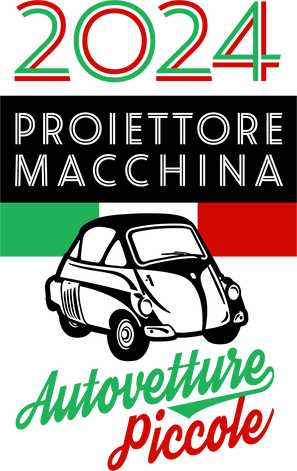
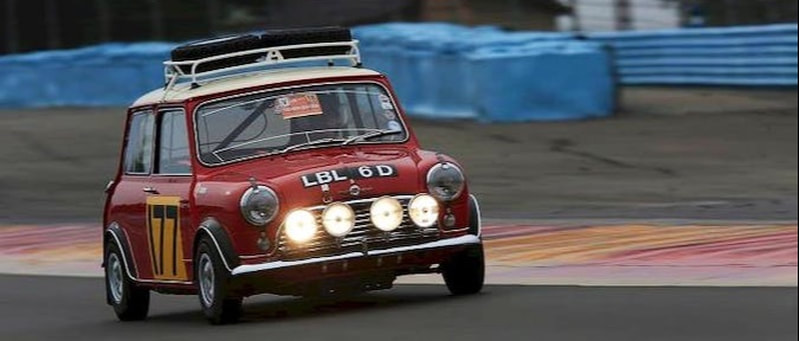
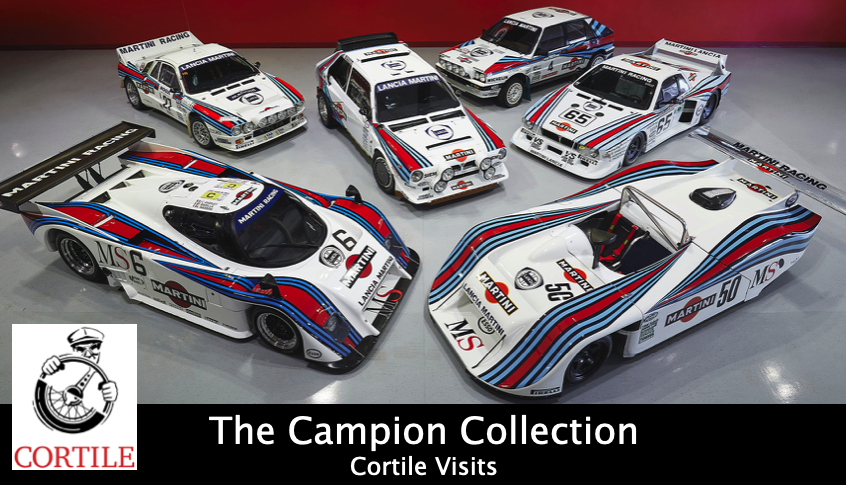
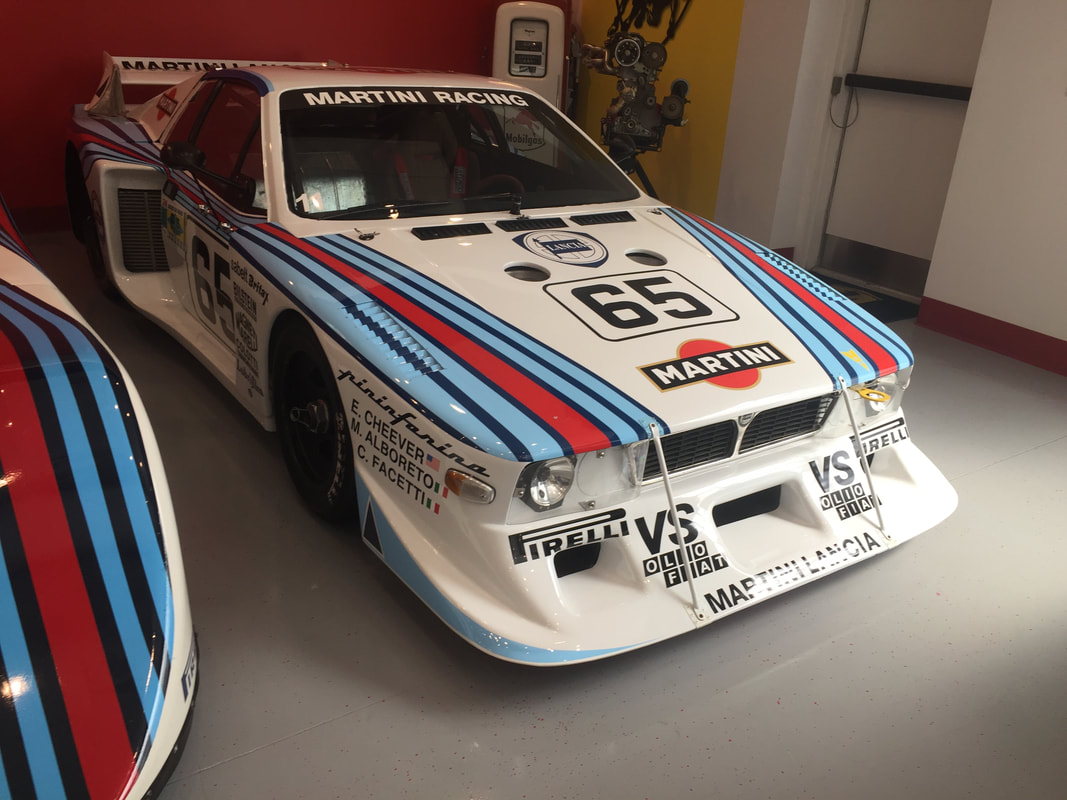
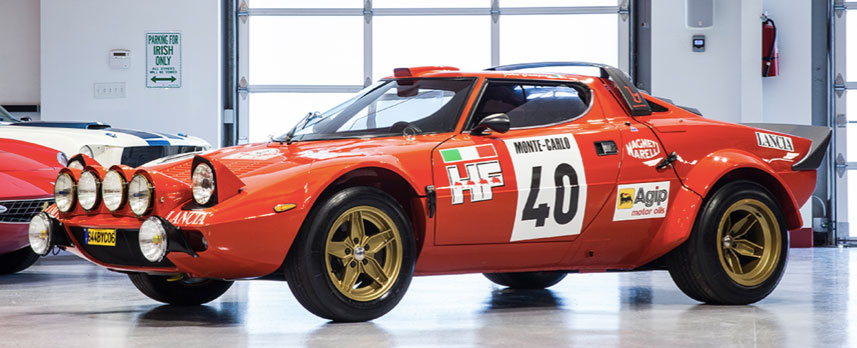
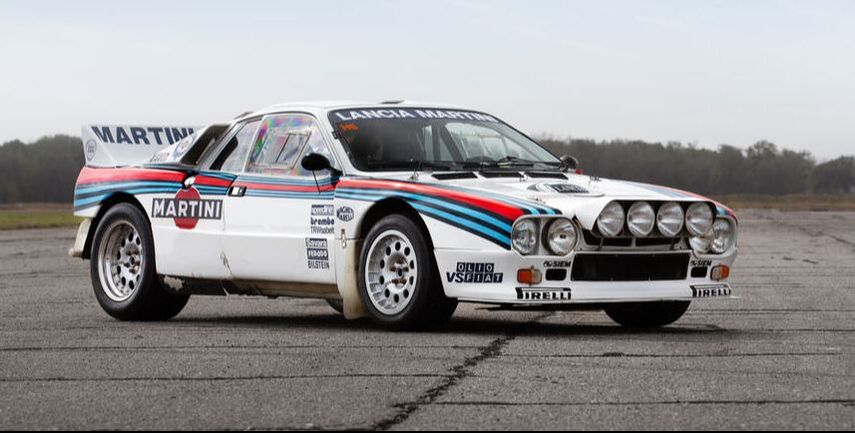
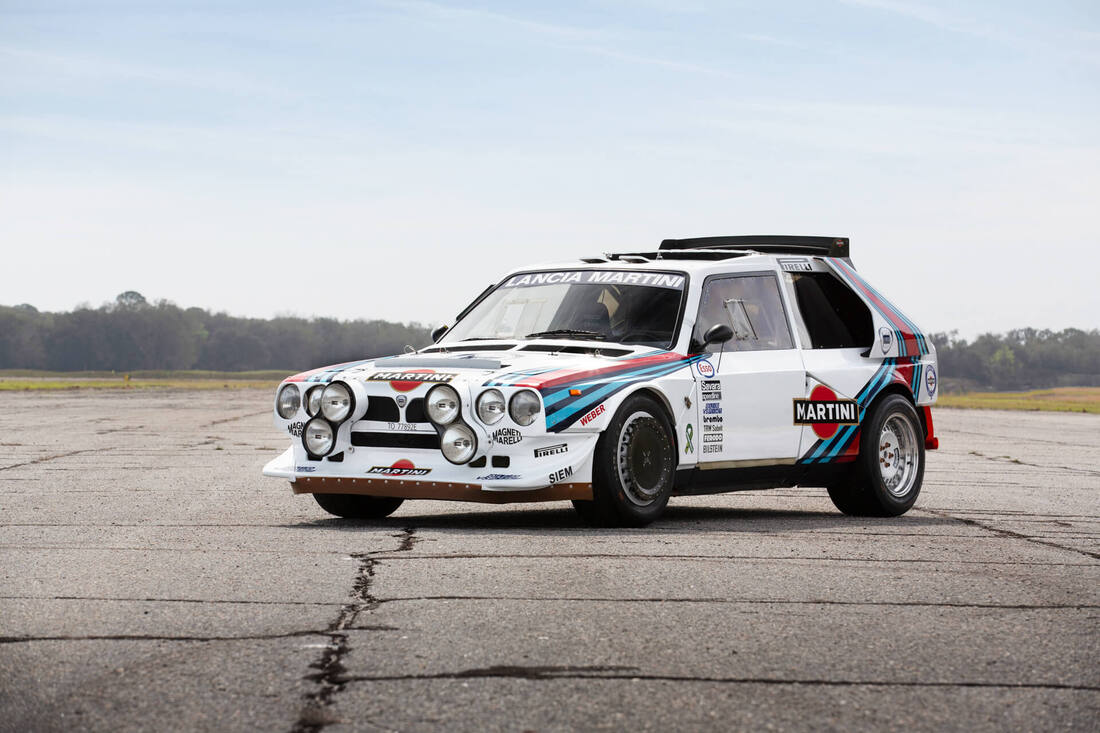
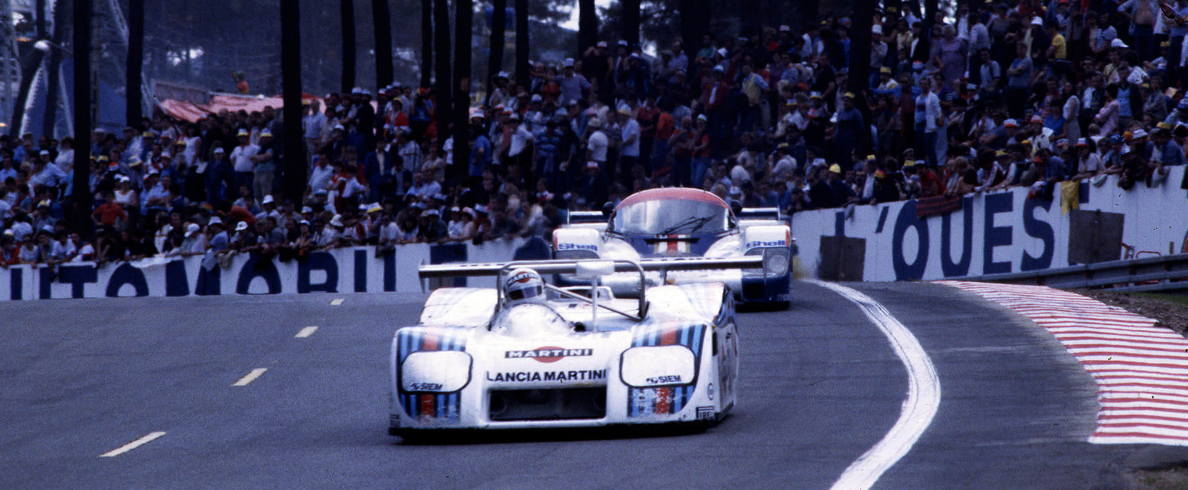
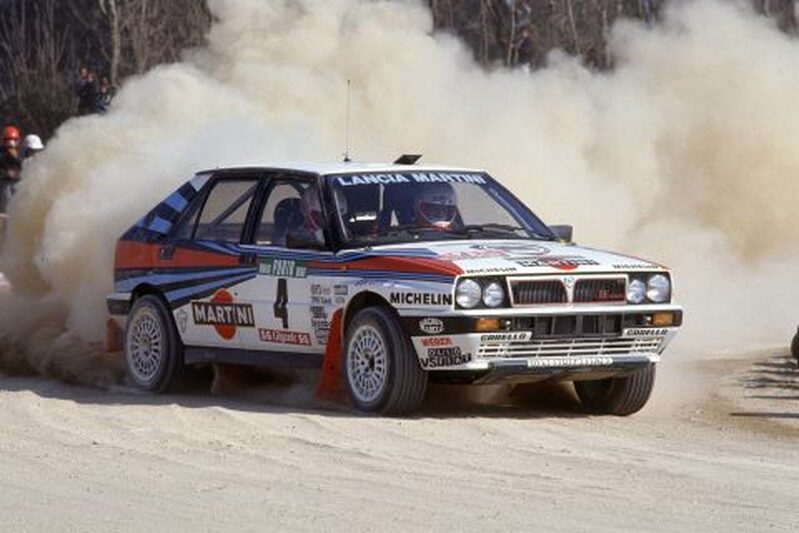
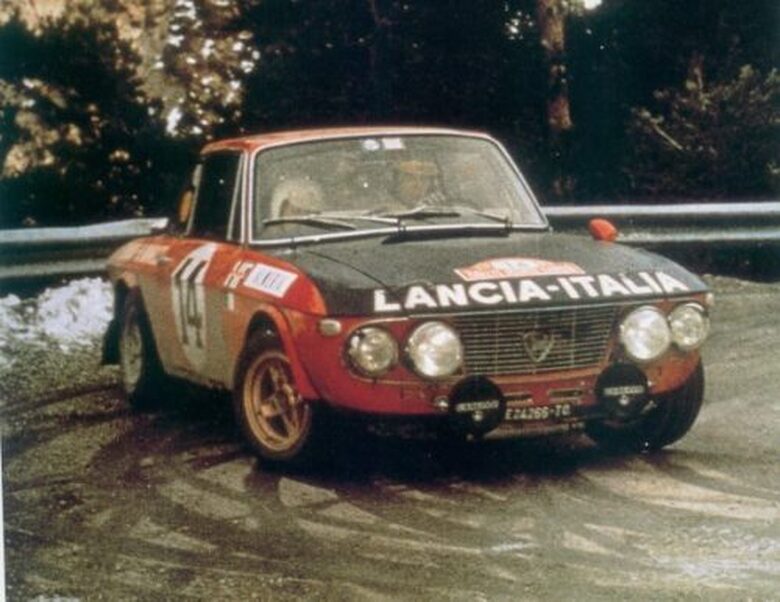
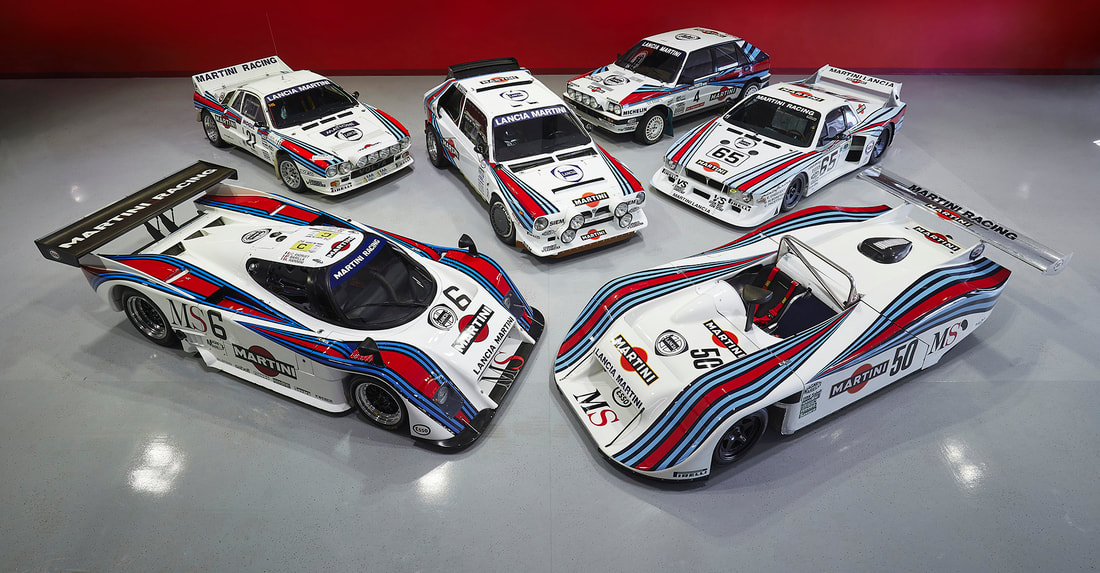
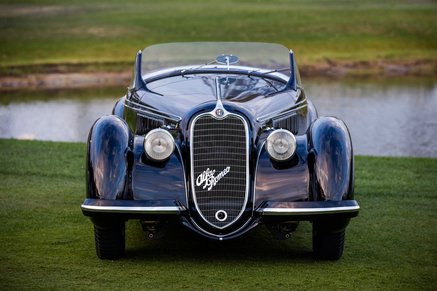
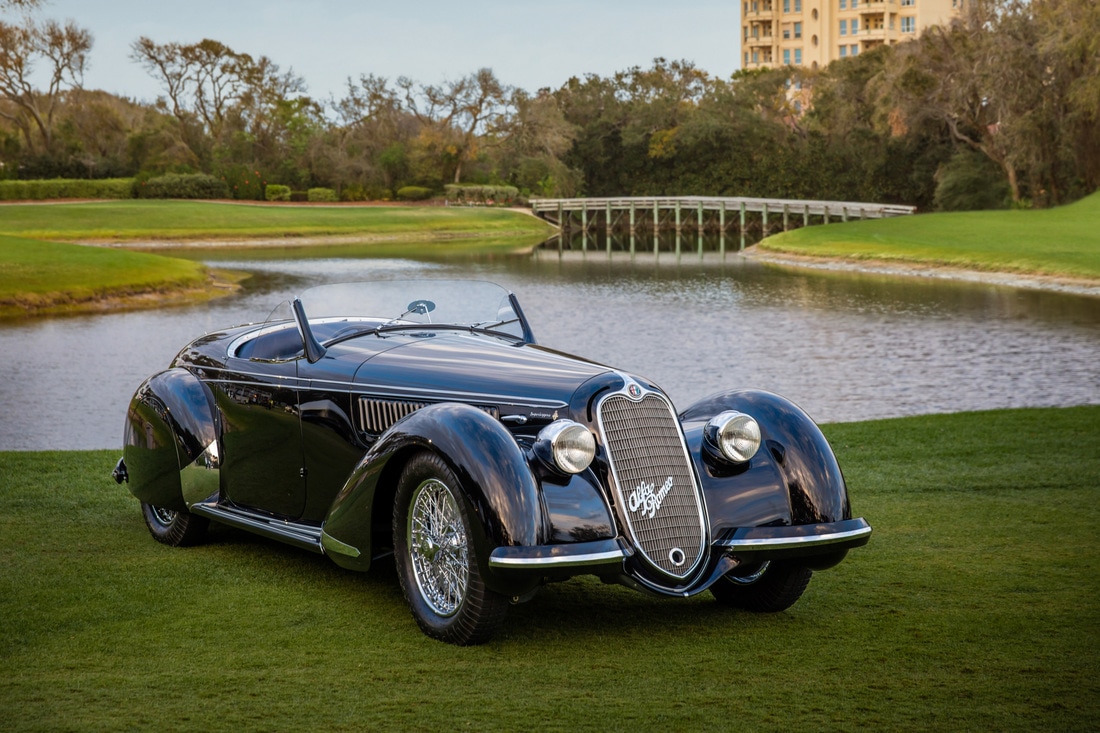
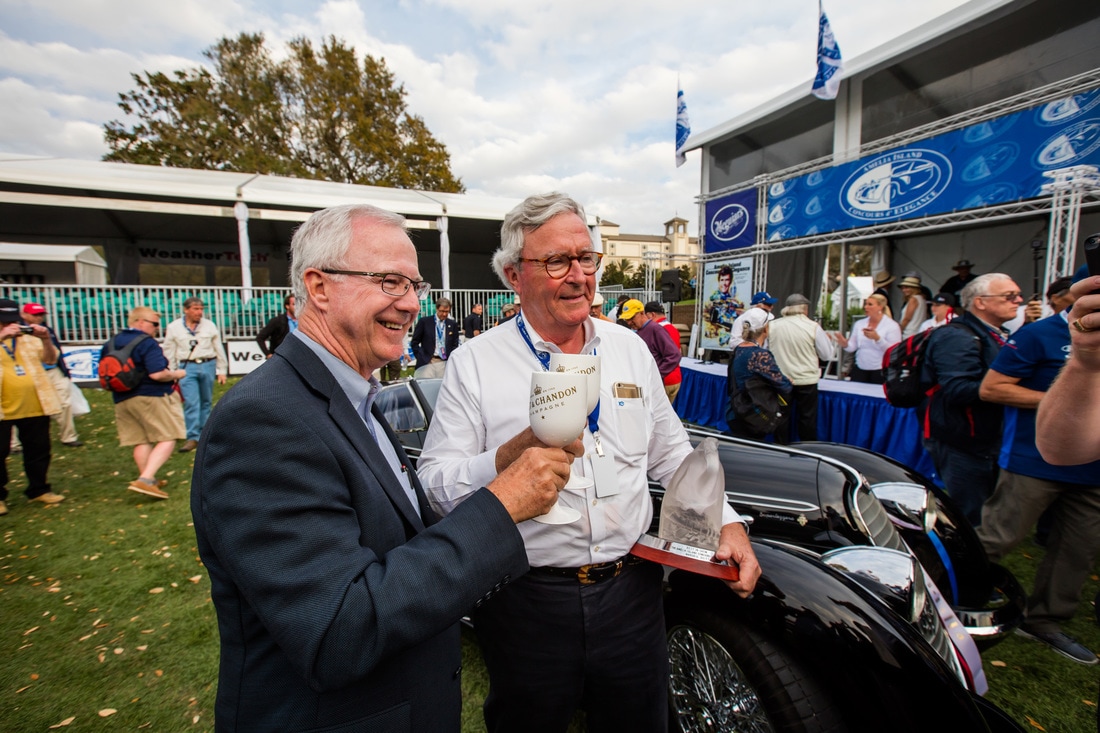
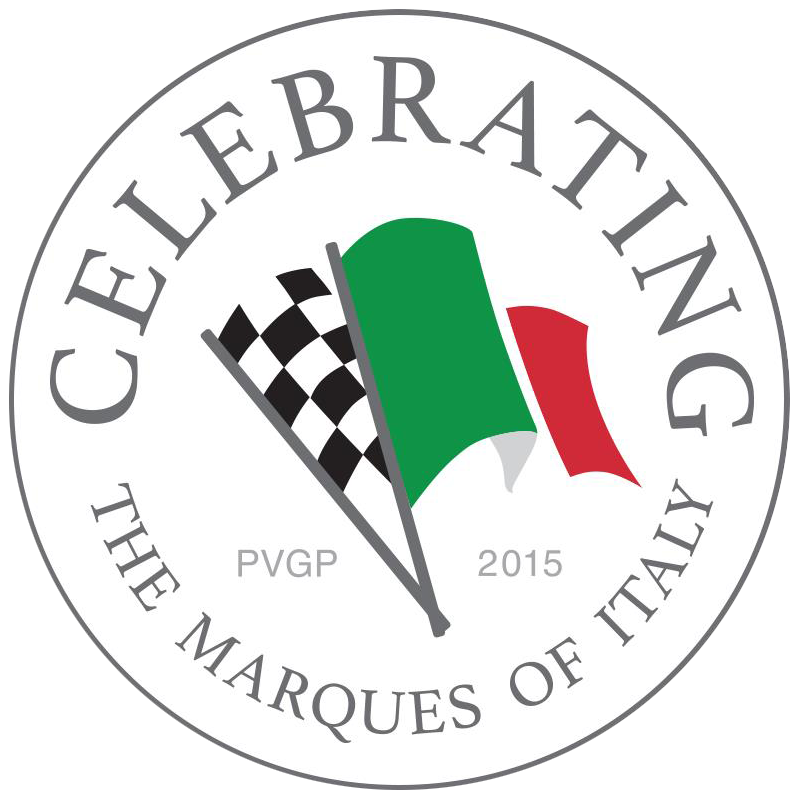
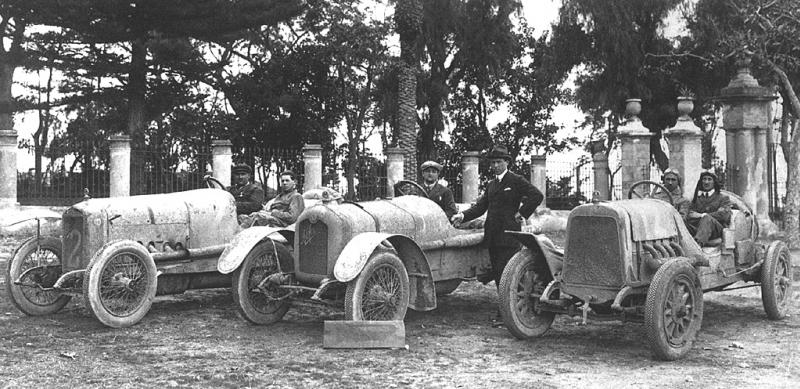

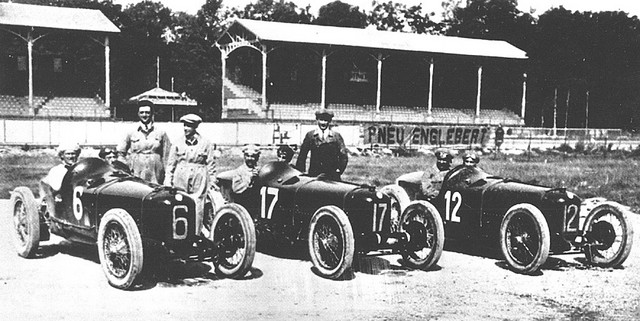
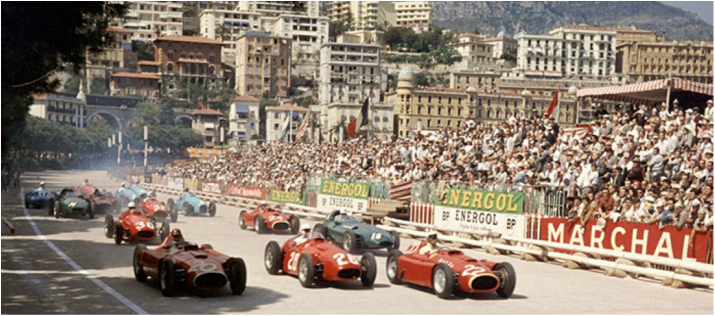
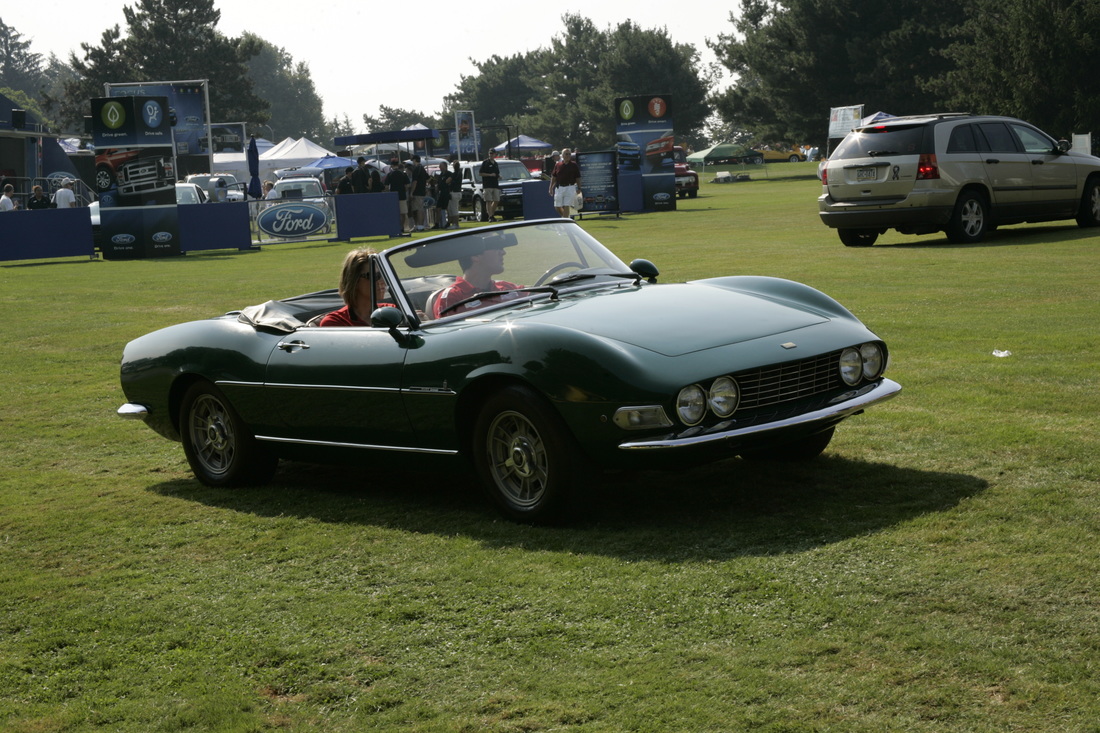
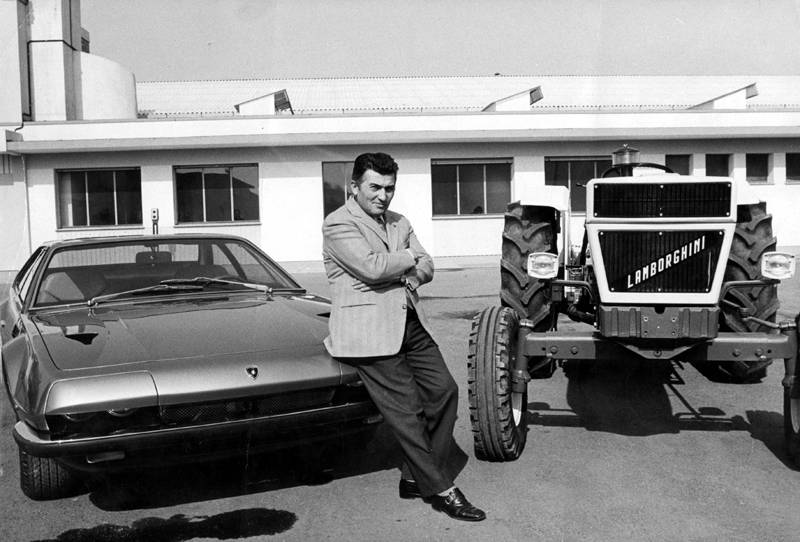
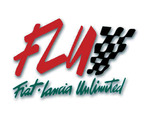
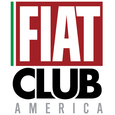

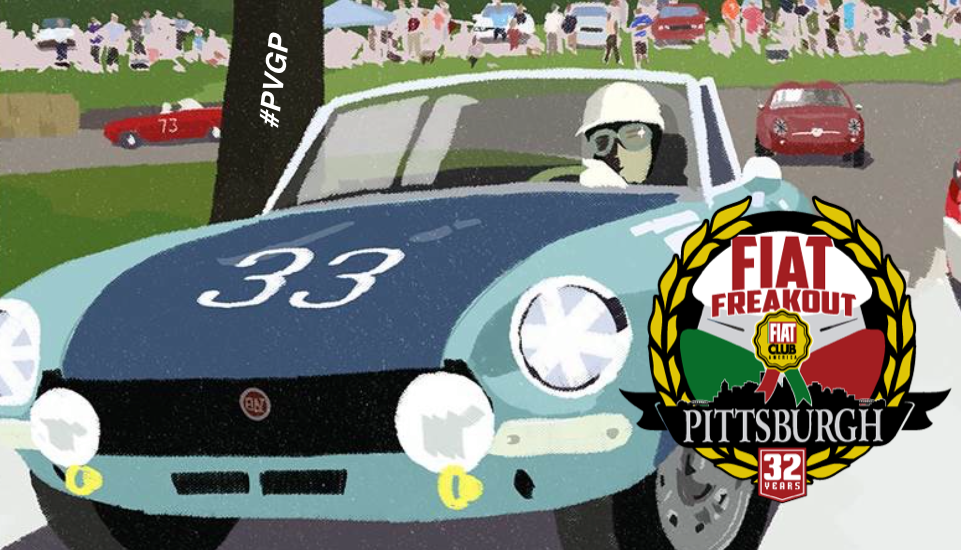
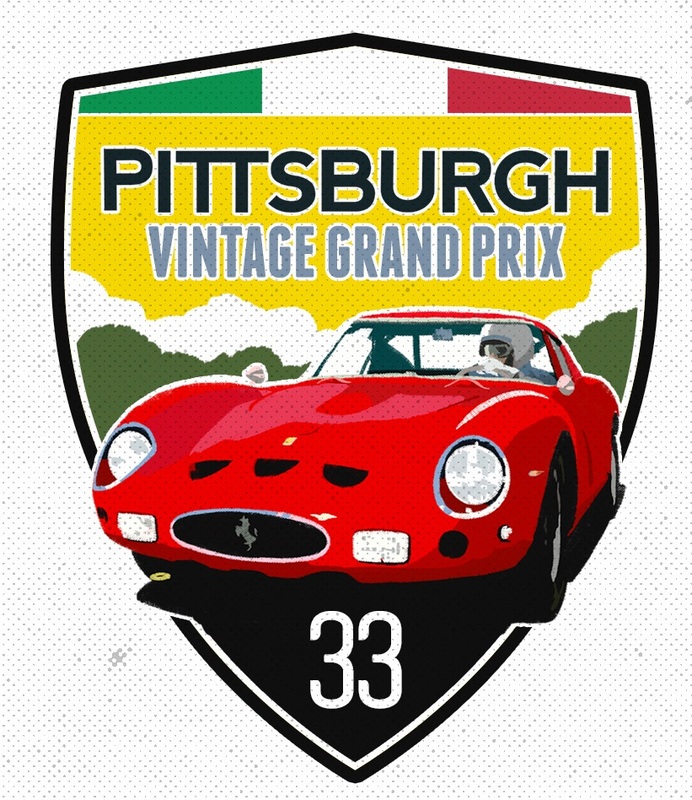

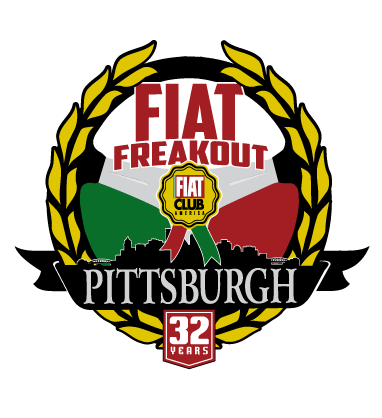
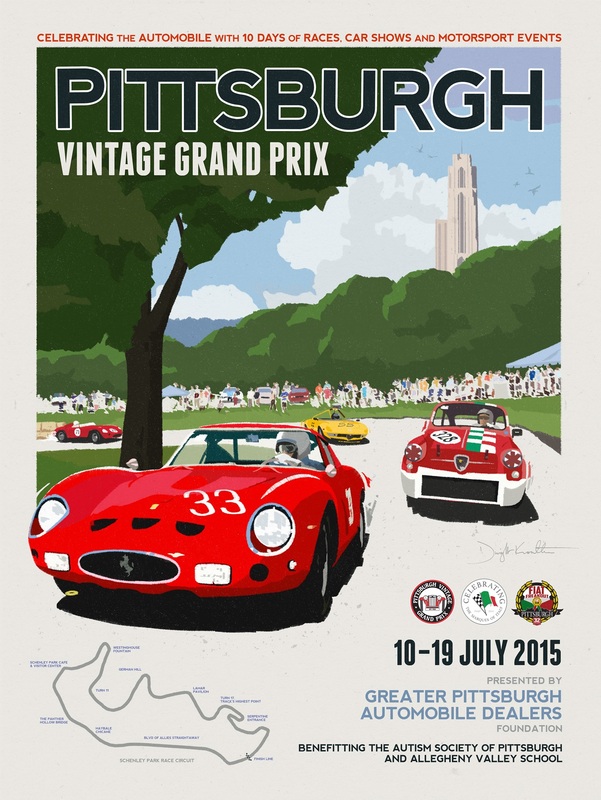
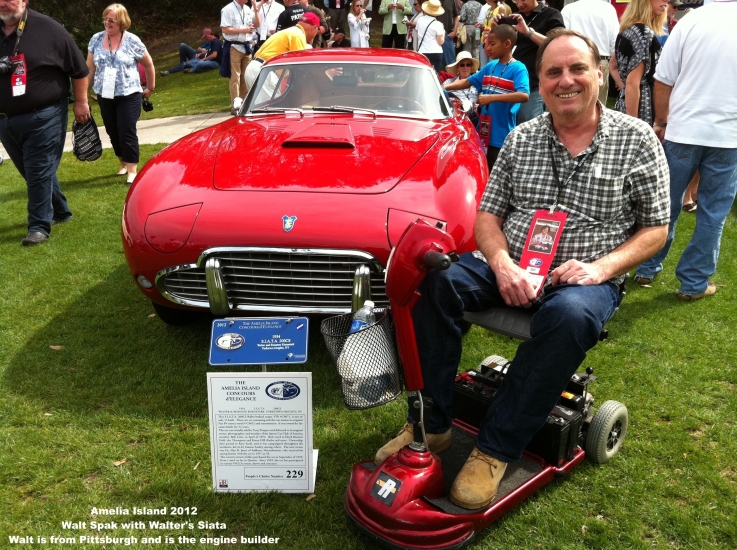
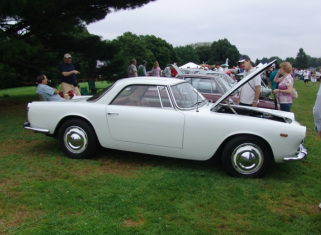
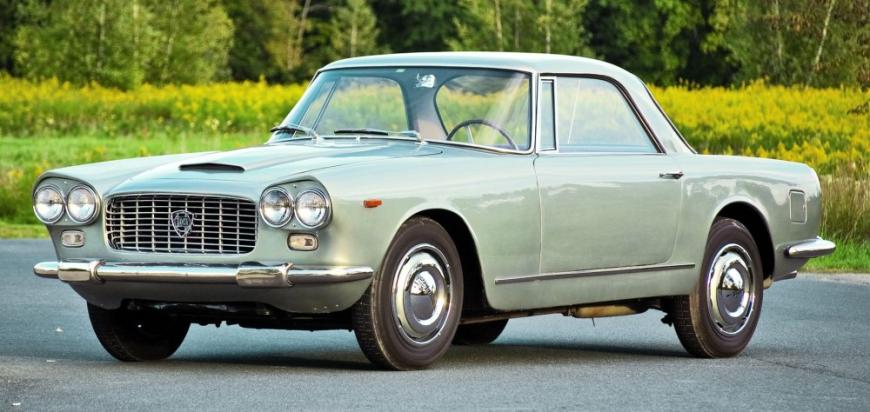
 RSS Feed
RSS Feed
